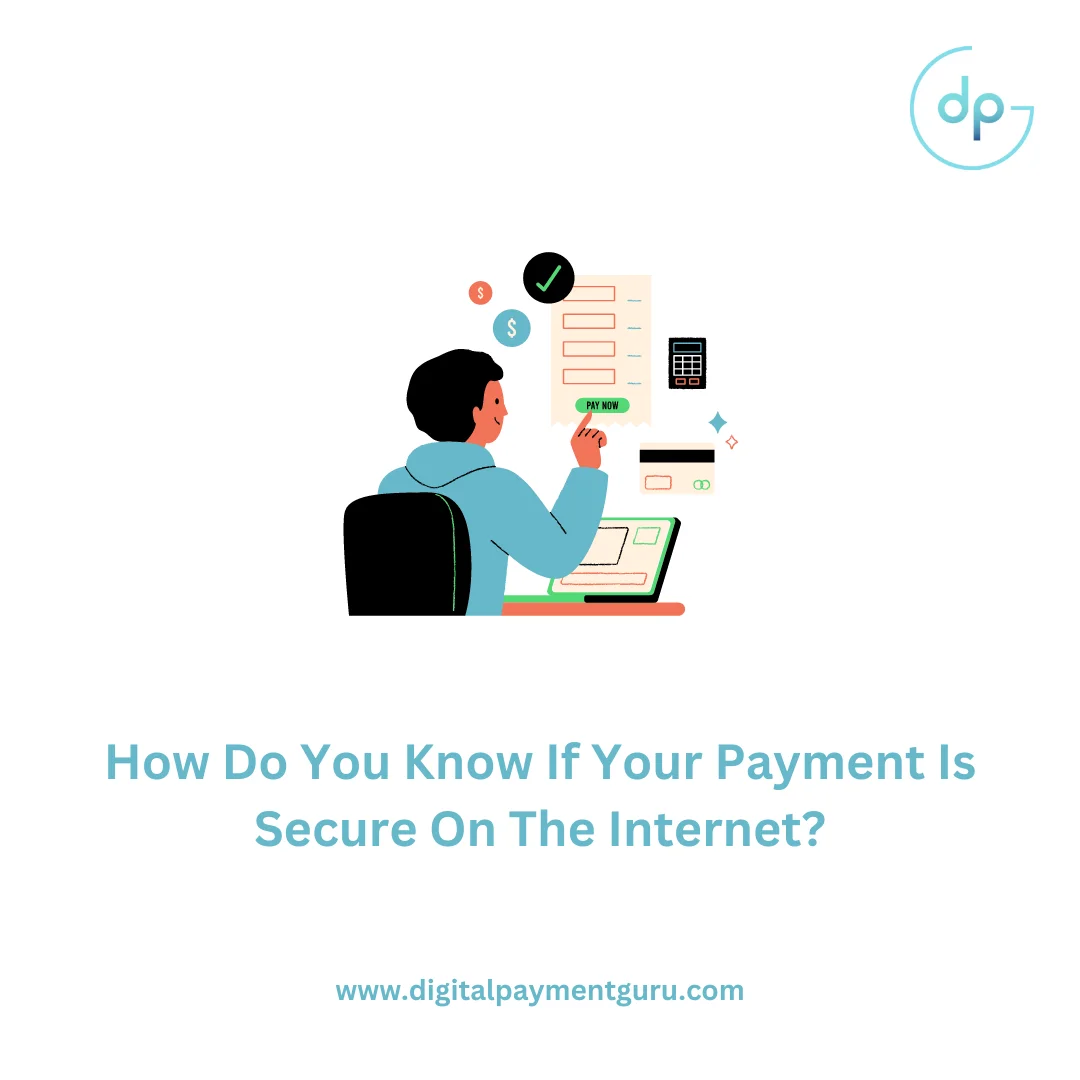E-commerce allows you to buy what you need, without even leaving the comfort of your couch. Practice! Even if more and more people are opting for online purchases daily, the question still arises of the security of payments by bank card on the Internet. Making online purchases is now a reflex for many people. Whether through a computer, a tablet, or a smartphone, however, carrying out an online transaction can expose you to dangers that do not exist in physical commerce.
What is the concrete risk when making a payment by credit card on the Internet? Having your bank details stolen. And then the problems begin: by having access to your bank details, fraudsters can then carry out fraudulent transactions without your knowledge, and you can sometimes take a little time to realize it. Fortunately, there are many reflexes to adopt to reduce the risk of fraud when shopping online.
The art of detecting a secure payment page and spotting a questionable site.
The first thing to do to make a secure online payment is to ensure that the mention ‘HTTPS://’ is present at the beginning of the URL of the payment page. It means that data protection and encryption devices are in place: sensitive data such as your credit card number will be protected and less easily accessible to web hackers.
You should also see a small icon representing a closed padlock, at the top or bottom of the browser, which means that your connection to the site is secure. If the padlock that appears is crossed out or accompanied by a yellow triangle, caution is required: it is better not to make the payment and leave the site.
Good to know:
Are you asked to enter your card’s pin code? To send your credit card data via a simple contact form or an e-mail? Flee: you are probably on a fraudulent site. No site should ever ask you for more than four elements.
Also, before even accessing the payment page of the site that interests you, you must ensure the seriousness of the online sales site in question. In concrete terms, always beware of overly attractive and very short-lived offers and promotions that appear on your browser: they may be too good to be accurate and, above all, too good to be reliable. It is surely a bad sign if you see prices much lower than those offered by all the other competing sites.
In addition, before confirming a purchase, check that you know at least the site on which you are about to pay. If this is not the case, take the time to read reviews from consumers who may have already purchased this site. If you can’t find any or if these reviews are very negative, it’s better to give up your purchase to play it safe.
The importance of relying on a secure means of payment.
For online purchases, consider the virtual card (or e-credit card), your best for securing your online payments on the Internet.
The virtual card is a service provided by some, which allows you to take advantage of a temporary credit card number, which protects you from possible theft of your data. Concretely, when paying for an online purchase, connect to your bank’s website or mobile application to request a temporary card number for which you define the amount and the period of validity if it offers it. Once the virtual bank card has been generated, pay for your purchase by entering this virtual number in the payment field of the merchant site, instead of your real card number. You do not enter your real credit card data, so no one can intercept them. Your payment is secure, and you are reassured.
Just a point to keep in mind this solution is not always available on e-merchant sites. For example, it is not always possible to use it to book a hotel room or pay for certain transport tickets. This is because the merchants concerned may require the presentation of the card which was used to pay for the reservation to be able to access the room or withdraw the transport tickets. But, overall, apart from these exceptions, the service is available on all sites that offer payment by credit card.
The right reflexes to adopt for ever greater safety.
To make your purchases on the Internet even more secure, certain habits should be integrated into your daily life. First, do not allow e-commerce sites and mobile applications of online sellers to store your banking information.
For the same reasons, do not save your card data in your Internet browser and keep your passwords secure.
In general, avoid making an online payment if you are connected to a public WiFi because a fraudster could use a poorly encrypted internet connection to intercept some of your data. So wait to connect to a private network to complete your transaction.
Finally, to protect yourself against possible hacks, regularly update your anti-virus software and do not disable your firewall when shopping on the Internet. Also, remember to regularly monitor the transactions carried out on your bank account, to quickly identify any payment of an amount or of a nature that does not correspond to your purchases made online.


